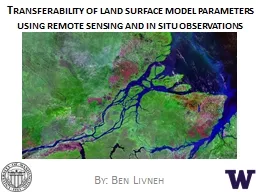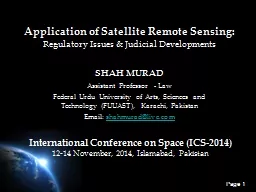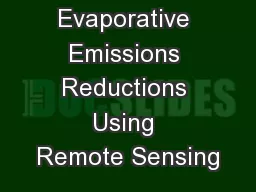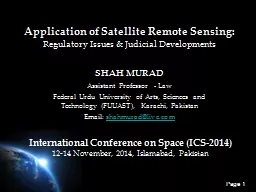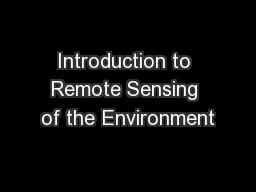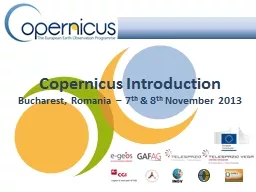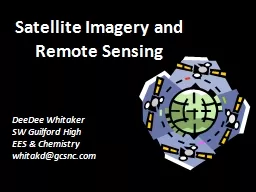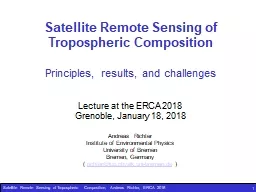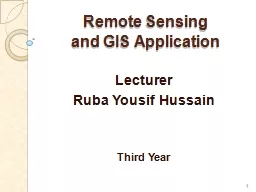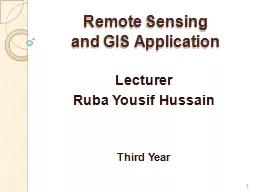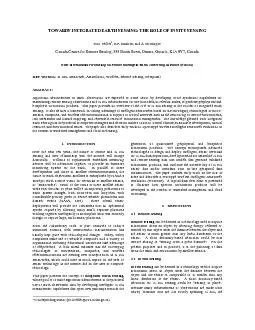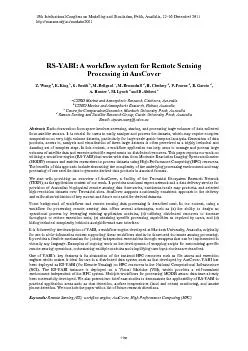PPT-Transferability of land surface model parameters using remote sensing and in situ observations
Author : sherrill-nordquist | Published Date : 2018-03-12
By Ben Livneh Overview Unified Land Model ULM was developed 1 Rigorous calibrations performed at 220 basins 2 Regionalizetransfer calibrated parameters Domain and
Presentation Embed Code
Download Presentation
Download Presentation The PPT/PDF document "Transferability of land surface model pa..." is the property of its rightful owner. Permission is granted to download and print the materials on this website for personal, non-commercial use only, and to display it on your personal computer provided you do not modify the materials and that you retain all copyright notices contained in the materials. By downloading content from our website, you accept the terms of this agreement.
Transferability of land surface model parameters using remote sensing and in situ observations: Transcript
Download Rules Of Document
"Transferability of land surface model parameters using remote sensing and in situ observations"The content belongs to its owner. You may download and print it for personal use, without modification, and keep all copyright notices. By downloading, you agree to these terms.
Related Documents

